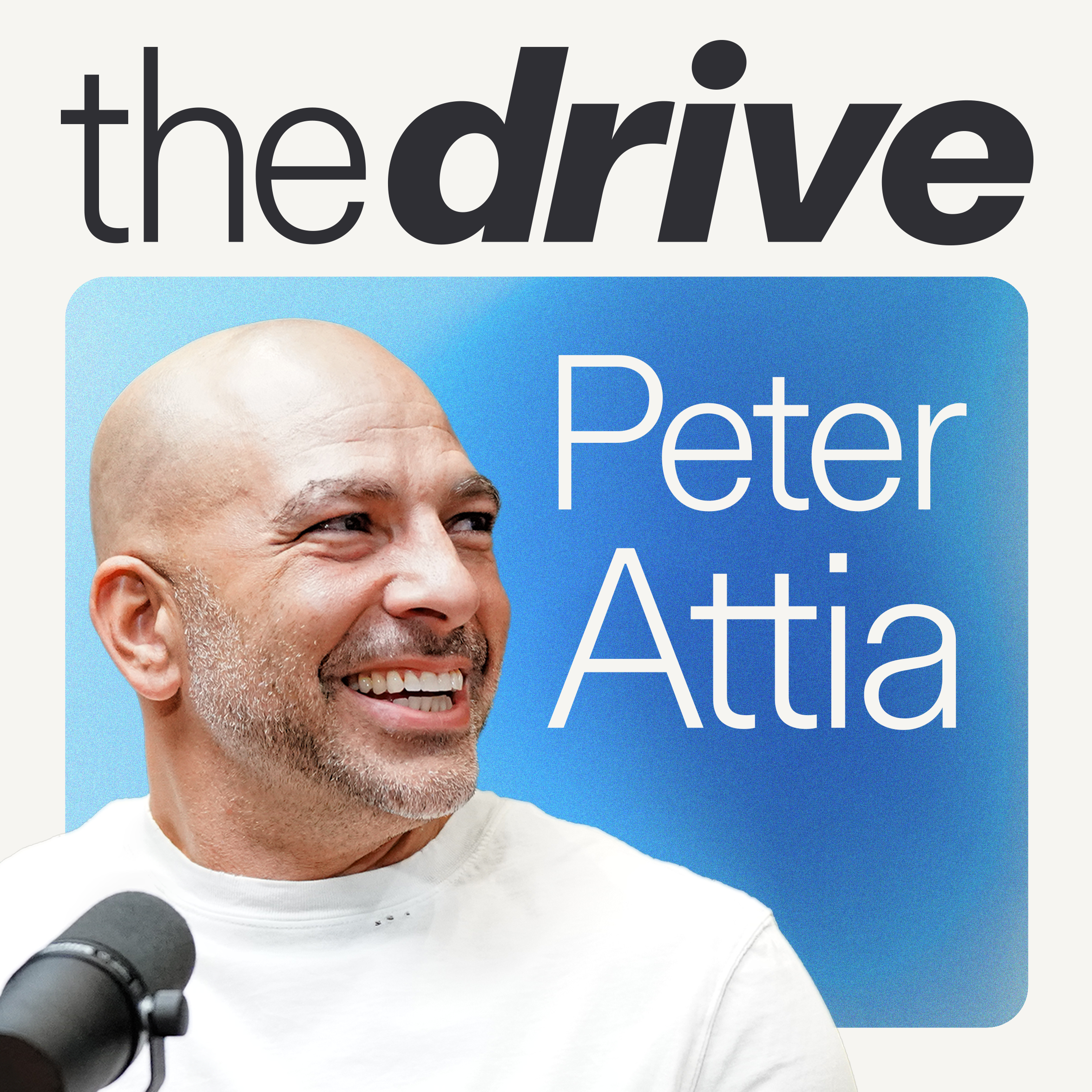
The Glucose Never Lies® Podcast
Host John Pemberton — diabetes educator, researcher, and dad living with type 1 since 2008 — explores how to think clearly about type 1 diabetes in the real world.
Each episode translates current evidence and expert practice into decisions you can use: CGM accuracy and interpretation, getting more from pumps and automated insulin delivery, movement as a glucose tool, nutrition that protects performance and enjoyment, sleep, travel, parties, and sport.
Guests include leading clinicians, researchers, and people with lived experience. Expect respectful challenge, plain language, and practical take-aways.
Note: Educational only. No therapeutic relationship or personal medical advice.
Buy the GNL a Coffee to keep us independent: https://www.buymeacoffee.com/jspfree2s
Email: john@theglucoseneverlies.com
The Glucose Never Lies® Podcast
14: Overcoming Insulin Resistance in Type 1 Diabetes
Suggest guests or get in contact
In this deep-dive episode, John Pemberton explores the misunderstood world of insulin resistance in people with type 1 diabetes. Drawing on years of personal experience, clinical expertise, and the latest research, he breaks down why insulin resistance matters—even in a condition defined by insulin deficiency.
Click here for the detailed 3-part write up
The episode walks through the 'Ominous Octet', eight mechanisms that drive insulin resistance, and explains how they impact blood glucose control, weight management, and long-term health. More importantly, it offers practical strategies to reduce total daily insulin dose through lifestyle changes, activity, nutrition, and pharmacological options.
Whether you're living with T1D, supporting someone who is, or simply want to better understand the complex interplay between insulin and the body, this episode provides clarity and direction.
Takeaways:
- People with T1D often require more insulin due to lack of portal delivery and higher peripheral levels
- Insulin resistance occurs in the liver, muscle, brain, kidneys, gut, and fat tissue
- Measuring units per kilogram is a useful proxy for insulin sensitivity
- Activity is the most powerful modifiable factor for improving insulin sensitivity
- Weight loss, high-protein diets, and reduced saturated fat intake all help reduce resistance
- GLP-1 and dual agonists (e.g., tirzepatide) show promise for T1D, but are not yet widely approved
- SGLT2 inhibitors and pioglitazone offer targeted benefits but must be used with care
- A multifaceted approach is often needed to lower insulin needs and support health
Chapters:
00:00 - 02:10 | Introduction
- John Pemberton welcomes listeners to Episode 14.
- Shares his background: living with T1D, creating the Glucose Never Lies Education Programme, and motivation from personal and family experiences.
- Introduces co-host Louise (not present in this episode).
- Outlines the episode focus: insulin resistance in type 1 diabetes.
02:10 - 04:35 | Why Insulin Resistance Matters in T1D
- T1D often leads to higher insulin doses.
- High insulin doses are linked to increased risk of cardiovascular disease and mortality.
- Importance of understanding and managing insulin resistance to reduce long-term health risks.
04:35 - 06:50 | The Metabolic Disadvantage in T1D
- Describes differences in insu
For collaboration, partnerships, or press enquiries: John Pemberton — john@theglucoseneverlies.com
For creative, social, and production enquiries: Anjanee Kohli — anj@theglucoseneverlies.com
Buy The Glucose Never Lies® a Coffee — help us stay independent and ad-free:
We’re an independent, evidence-based platform — free from sponsorships and commercial bias. Your support helps us keep translating science into understanding.
Follow The Glucose Never Lies®
🌐 Website
📸 Instagram
💼 LinkedIn
👤 LinkedIn — John Pemberton
🐦 X / Twitter
© The Glucose Never Lies Ltd
Podcasts we love
Check out these other fine podcasts recommended by us, not an algorithm.

